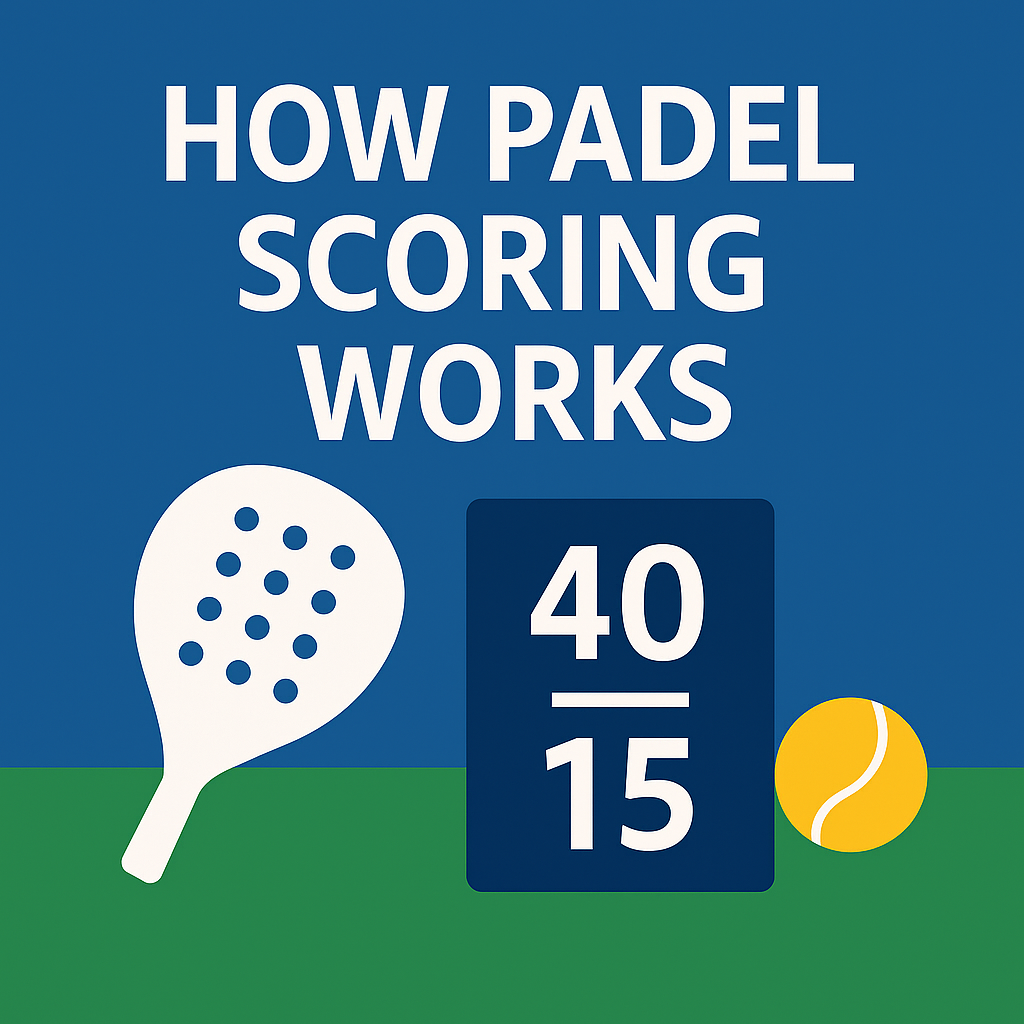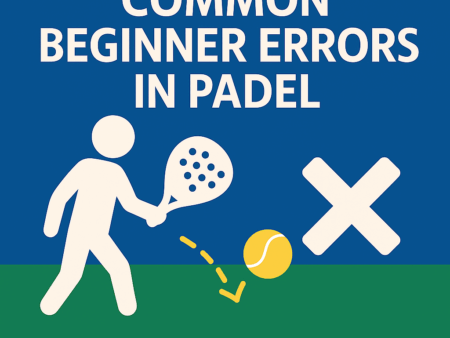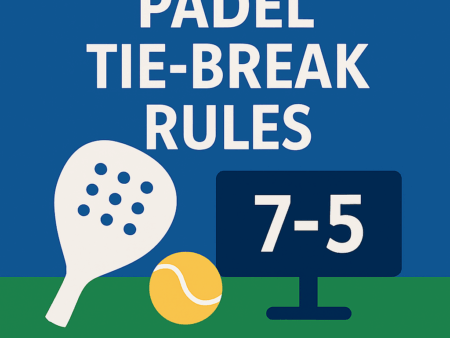
Padel uses a scoring system similar to tennis, but with unique rules that reflect the sport’s fast pace, doubles format, and use of walls. This complete guide breaks down every element of padel scoring — from points and games to tiebreaks, golden points, and match formats.
This page is designed to be the definitive scoring reference for beginners and bettors alike.
🟦 The Basic Padel Scoring System
Padel uses the traditional tennis scoring system:
- 15
- 30
- 40
- Game
A team must win four points to win a game, provided they lead by at least two points.
Example point sequence:
- 15–0 → 30–0 → 40–0 → Game
If both teams reach 40–40, this triggers the Golden Point Rule (explained below).
🟩 How Games Work
A game is won when:
- A team wins four points AND
- Has a two-point advantage
Points are called as:
- 0 (Love)
- 15
- 30
- 40
- Game
Example:
- Team A leads 40–15 → Team A wins the next point → Team A wins the game.
Games follow traditional tennis logic, with one major exception: no deuce.
🟨 The Golden Point (Padel’s Unique Rule)
At 40–40, padel plays a single deciding point known as the Golden Point.
Key rules:
- The receiving team chooses which player will receive the serve
- The winner of the point wins the game
There is no advantage scoring like tennis — one point decides it.
This rule creates high-pressure moments and makes matches faster and more unpredictable.
🟧 How Sets Work
A standard padel set is won by the first team to reach 6 games, with a margin of two games.
Examples of set scores:
- 6–4 → Set ends
- 6–3 → Set ends
- 7–5 → Set ends
If the set reaches 6–6, a tiebreak is played.
🟫 The Tiebreak Explained
A tiebreak is played to decide the set when the score reaches 6–6.
Tiebreak rules:
- First to 7 points wins
- Must win by 2 points (e.g., 7–5, 8–6, 10–8)
Tiebreaks use simple numerical scoring: 1, 2, 3, 4, etc.
Serve rotation in tiebreak:
- First server serves one point from the right side
- Opponents then serve two points
- Service alternates every two points thereafter
- Players switch sides every 6 points (e.g., 3–3, 6–6)
The winner of the tiebreak wins the set 7–6.
🟥 How Matches Are Scored
Most competitive padel matches are played as:
Best of 3 sets
First team to win 2 sets wins the match.
Example match score:
- 6–3, 4–6, 6–4 → Winner: Team A
In some amateur formats, leagues, or exhibitions, variations may occur:
- Match tiebreak instead of a third set (first to 10)
- Short sets (to 4 games)
- No tiebreak (classic format)
But professional padel always uses best of three full sets.
🟦 Understanding Serving Rotation
Padel serving follows a predictable rotation:
1. Each player serves for an entire game
2. Teams alternate serving games
3. Within each team, players alternate who serves next
Example rotation:
- Player A1 serves Game 1
- Player B1 serves Game 2
- Player A2 serves Game 3
- Player B2 serves Game 4
- Back to Player A1 for Game 5
Clear communication is essential for maintaining the correct order.
🟩 How Sides Change
Teams switch sides:
- After the first game of each set
- Then after every two games (i.e., 1, 3, 5, 7…)
This ensures fairness regarding:
- Sun
- Wind
- Shadows
- Court speed variations
In tiebreaks, teams switch sides every 6 points.
🟨 Common Beginner Confusions
1. “Why is there no deuce?”
Padel uses Golden Point to increase pace and tension.
2. “Why switch sides so often?”
This prevents one team having a long-term advantage from weather or lighting.
3. “Does the ball hitting the wall count?”
Yes — after bouncing once on the ground.
4. “Is singles scoring the same?”
Yes, the scoring system is identical.
🟧 Scoring Examples
Example 1: Simple Set
6–2 → strong dominance, fast set
Example 2: Tight Set
7–5 → close contest with late momentum swing
Example 3: Tiebreak Set
7–6 (7–4) → set decided by tiebreak
Example 4: Full Match
6–3, 3–6, 6–4 → momentum shifts across three sets
🟫 How Scoring Impacts Betting
Understanding scoring helps with:
- Live betting (momentum swings)
- Over/Under totals (long vs short sets)
- Handicaps (dominance patterns)
- Correct score predictions
Golden Points alone create major volatility — key for bettors.
🟥 Summary
Padel scoring uses tennis-style points and sets, but with shorter, faster decision moments thanks to the Golden Point rule.
Key takeaways:
- 15–30–40–Game system
- No deuce — Golden Point instead
- First to 6 games wins a set (win by 2)
- 6–6 leads to a tiebreak
- Matches are best of three sets
This scoring foundation prepares you for Page 3 — All Padel Shots Explained.


